Jonyeleni Bamana Figure, Dogon
This Dogon statue is hermaphrodite and originates from the Dogon and is called ‘Nommo sculpture’. Carved from hardwood in the strict, clear, angular and angular abstracted ‘bombou-toro-style’ and originally probably black-brown. She is identified as being a “Jonyeleni”, a member of the Jo society, a woman’s and men’s initiation society among the Bamana.
Made of 100% wood.
Model is W 45 – H 48 and weight 1 kg.
Description
This Finely carved Dogon statue in standing position is hermaphrodite and originates from the Dogon tribe. It has evoked stature, with its long neck and slender proportions, with detailed and delicate features, and are believed to represent episodes from Dogon mythology. The shape of the head and facial features of works created by the Master are distinctive for the helmet-like head. She is identified as being a “Jonyeleni”, a member of the Jo society, a woman’s and men’s initiation society among the Bamana. Young women will carry sculptures such as this from village to village indicating that they are no longer children but mature women ready and available for marriage. This takes place on a seven-year cycle of initiation of boys and girls into this level of Jo Society membership. The sculptures carried by the young women serve as paradigms of beauty and well-being reflecting the physical attributes of ideal beauty that the Jonyeleni reflects to others. This idealization of beauty is reflected in the scarification and body markings as well as her stylized coiffure and the jewelry and clothing attached to the figure to enhance their attractiveness. This well-carved figure also characterizes the essence of womanhood and of social cohesion that results from the order and structure of the Jo woman’s society. The Jonyeleni figure represents the aesthetic ideal of youthful beauty allied to the characterization of an ideal society of order and structure.’
The Dogon place wood figures depicting men and women on many different kinds of altars, most of which are dedicated to ancestors, either
real or mythical. Although figurative sculptures, called dege, are perhaps the most interesting types of Dogon art, varied in form and rich in
imagery, they are also among the least well documented. Few altars have been described in detail or illustrated; those that have been
described do not suggest any consistent pattern linking a particular style of a figure or a specific posture or gesture with any one kind of altar.
There is also little information with which to identify the persons represented by the figures.
The Dogon, an ethnic group are mainly located in the administrative districts of Bandiagara and Douentza in Mali, West Africa. The precise origins of the Dogon people, like those of many other ancient cultures, are not yet determined. Their civilization emerged, in much the same way as ancient Egypt. Around 1490 AD the Dogon people migrated to the Bandiagara cliffs of central Mali. There are approximately 700 Dogon villages, with an average of 400 inhabitants. The tribe’s folk call themselves ‘Dogon’ or ‘Dogom’, but in the older literature they are most often called ‘Habe’, a Fulbe meaning ‘stranger’. The Dogon have been described as the most studied and least understood tribal group in Africa. Their history, technology, cultural wealth, art and even oral legends are among the most involved in Africa, not least because the policy is in fact essentially artificial, comprising various sub-units that were grouped together on the basis of propinquity under the colonial administration. They are excessively prolific in terms of artistic production, not least because they have mastered all the main materials that are used in traditional African art; figures in stone, iron, bronze/copper and of course wood are all known, in addition to cave/rock painting and adaptation of more modern materials.
Additional information
| Weight | 1 kg |
|---|---|
| Dimensions | 45 × 48 cm |
| Color | |
| Material |
Leave a reply
Returns and Exchanges
There are a few important things to keep in mind when returning a product you purchased.You can return unwanted items by post within 7 working days of receipt of your goods.
- You have 14 calendar days to return an item from the date you received it.
- Only items that have been purchased directly from Us.
- Please ensure that the item you are returning is repackaged with all elements.
Ship your item back to Us
Firstly Print and return this Returns Form to:
30 South Park Avenue, San Francisco, CA 94108, USA
Please remember to ensure that the item you are returning is repackaged with all elements.
For more information, view our full Returns and Exchanges information.

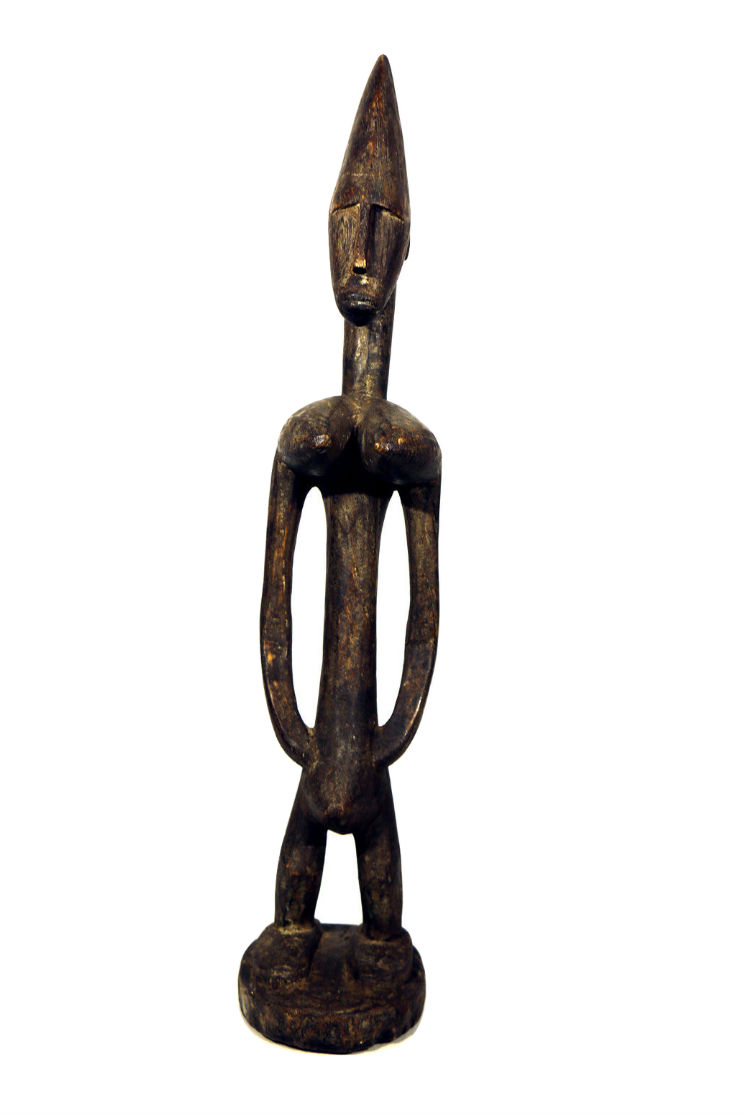

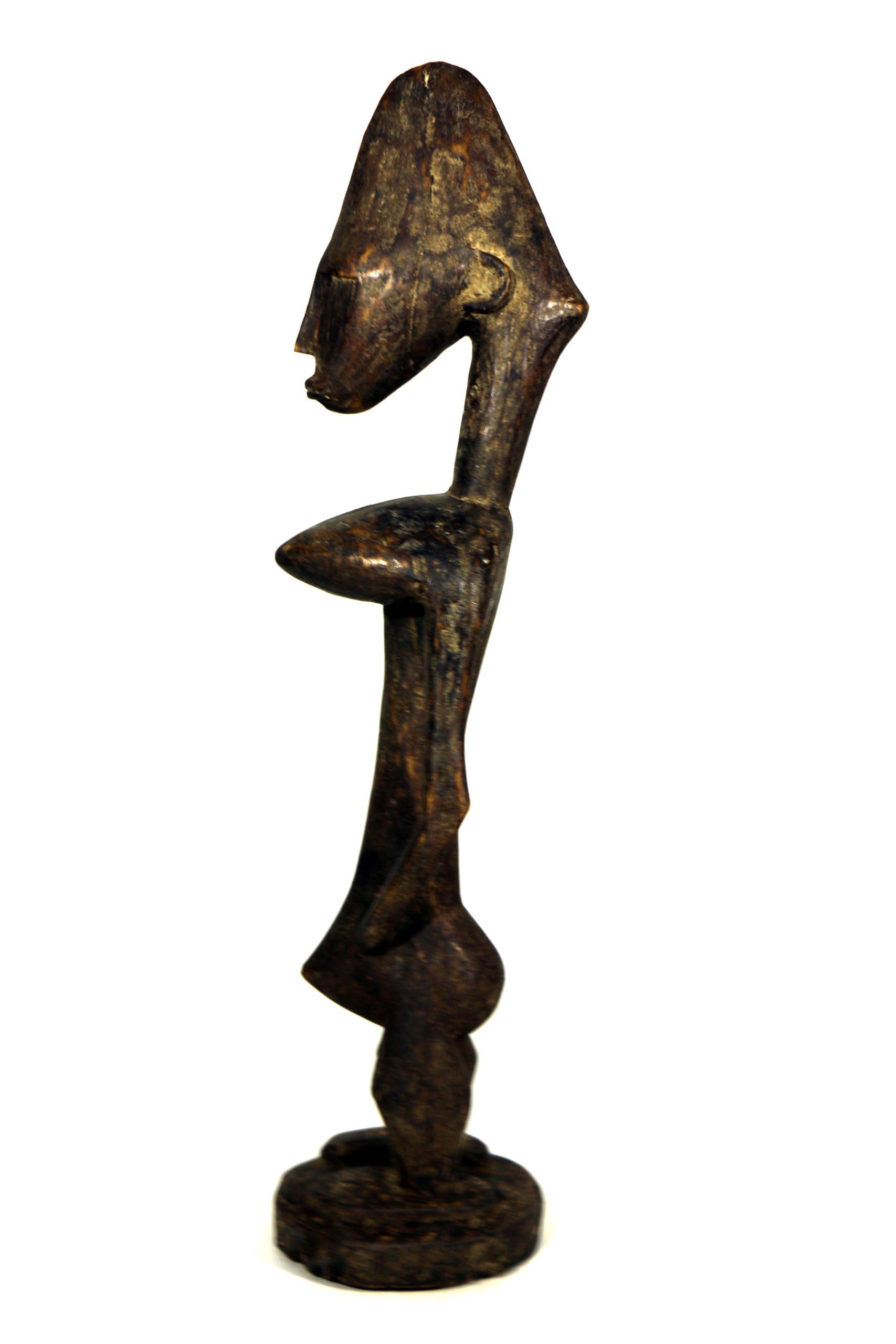
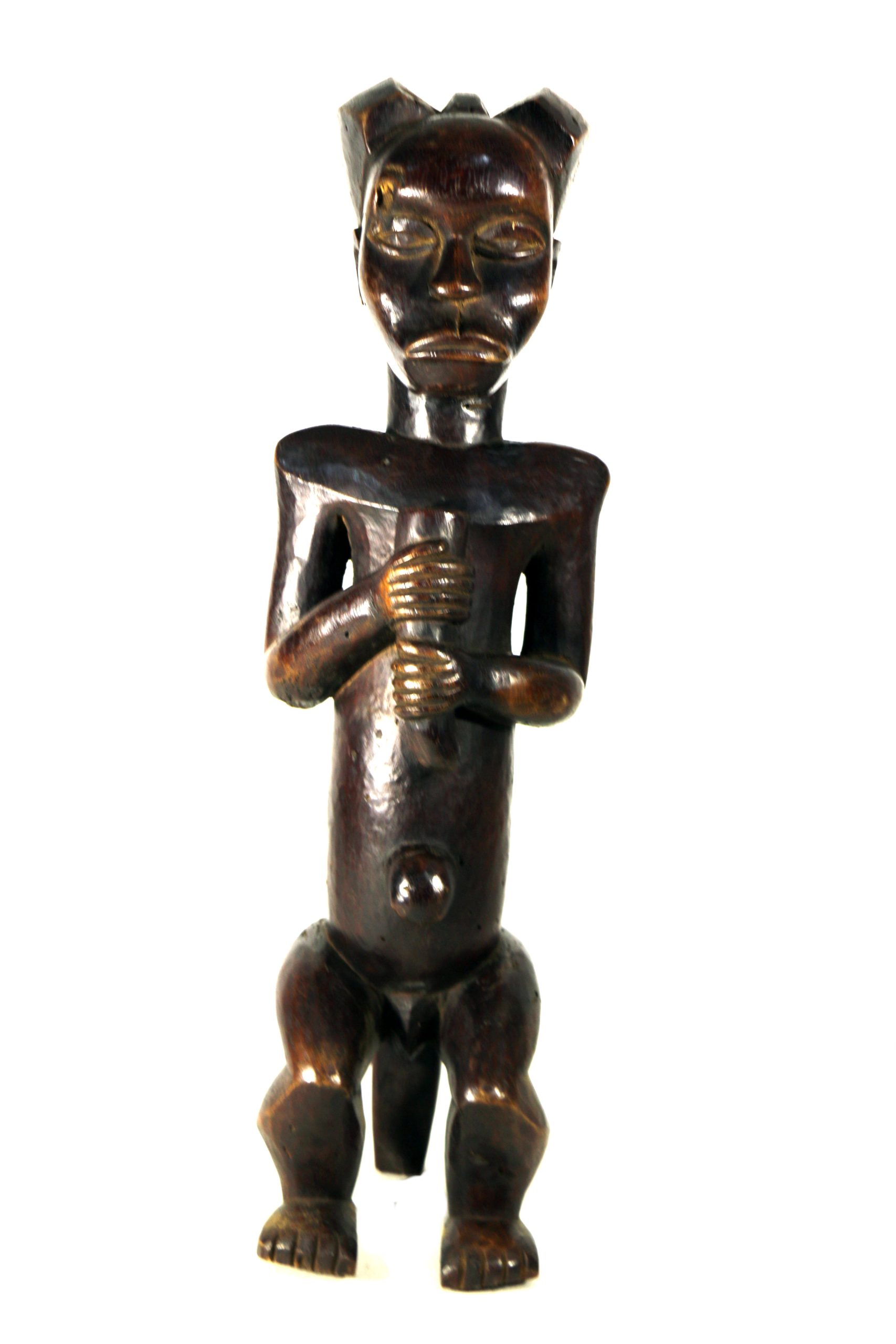

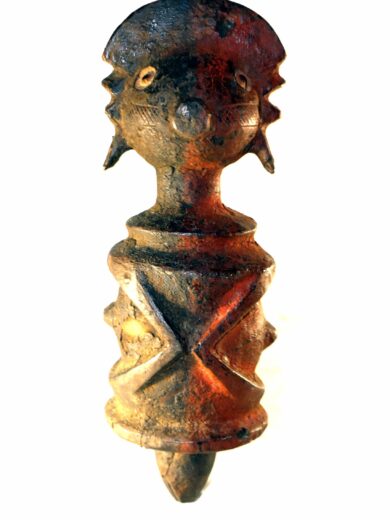
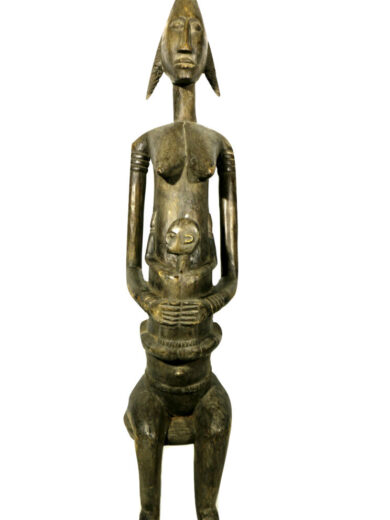

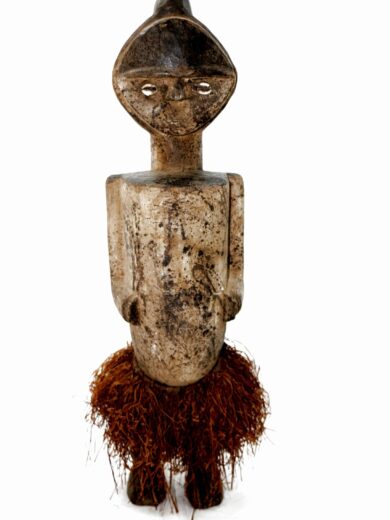
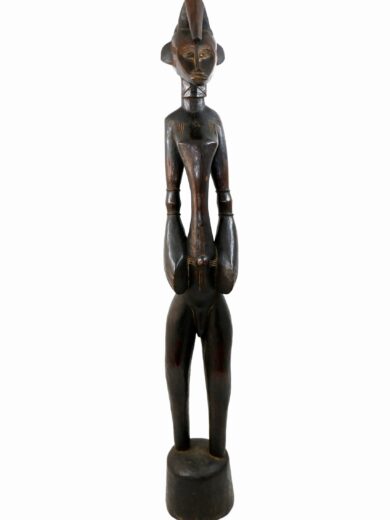
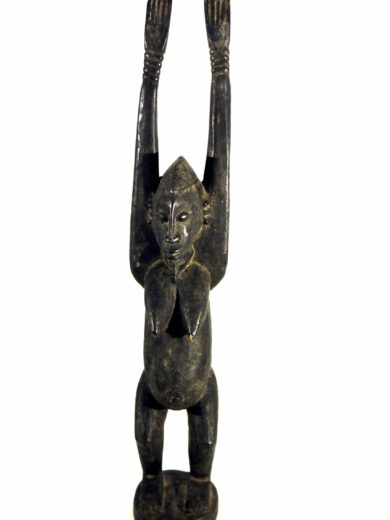

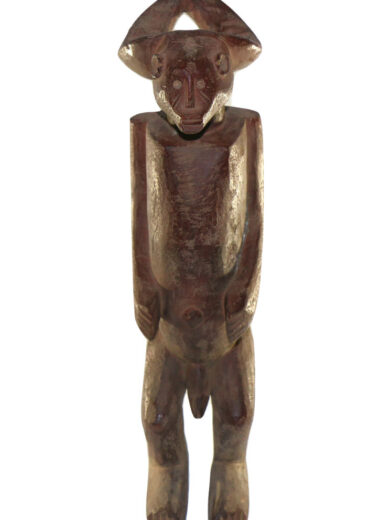
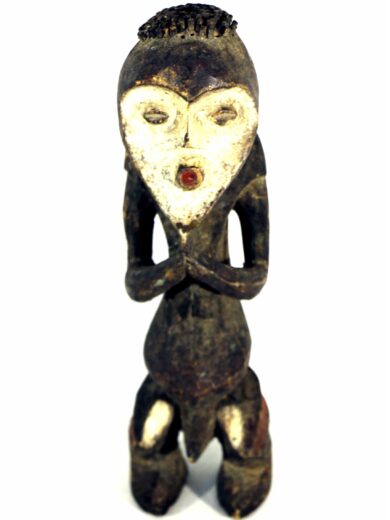


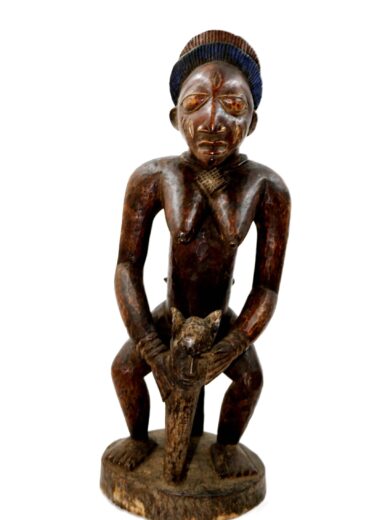
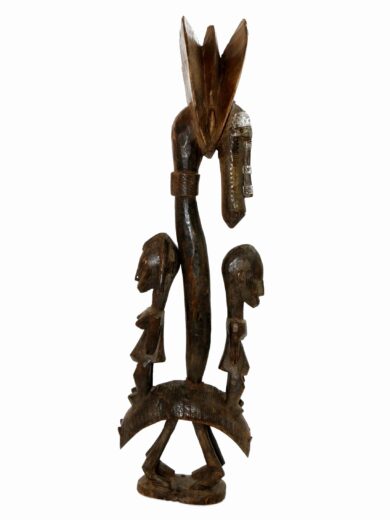
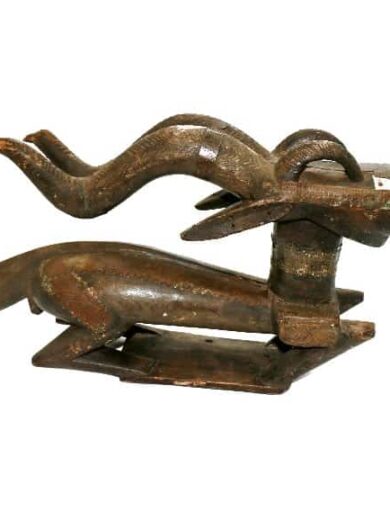
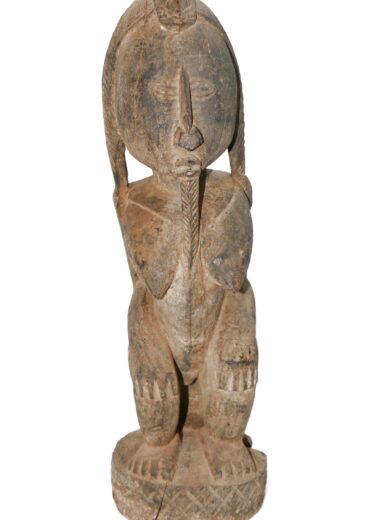


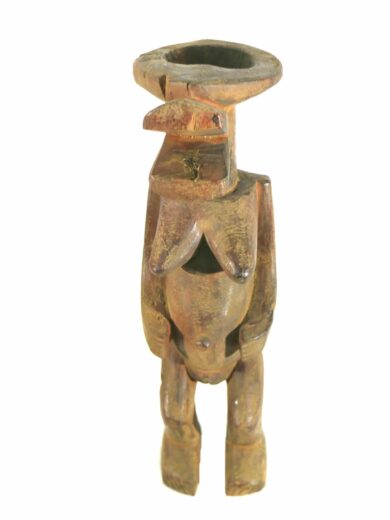

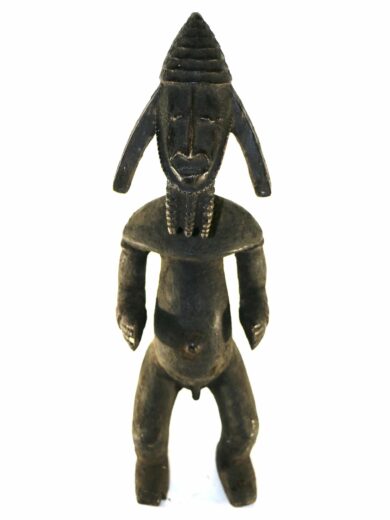
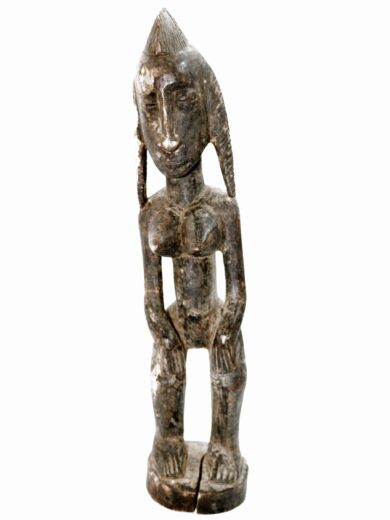
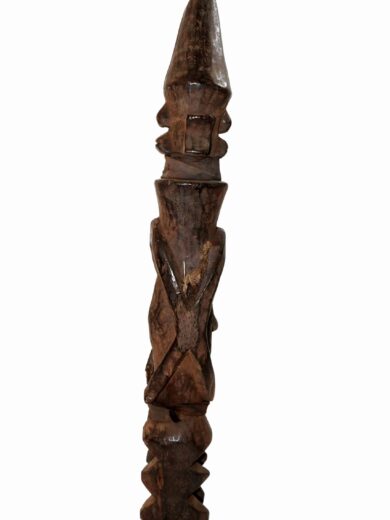
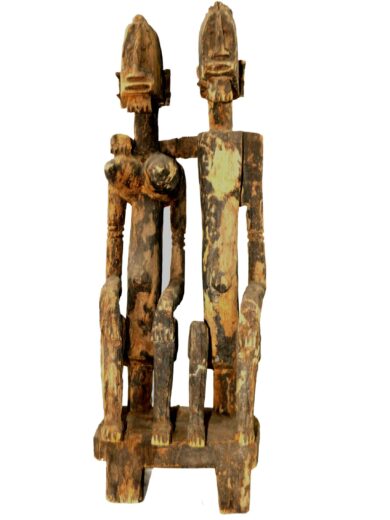
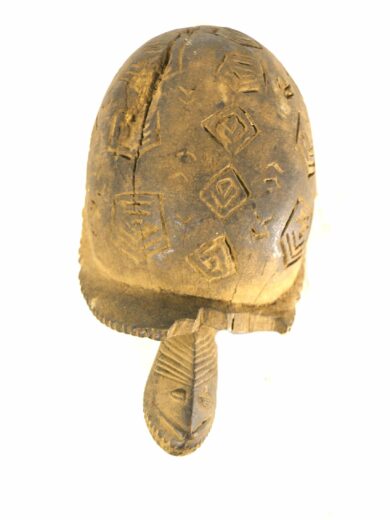
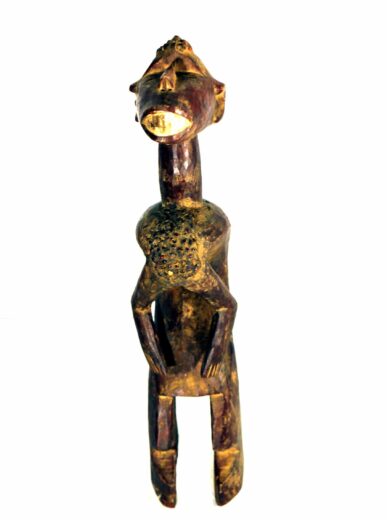
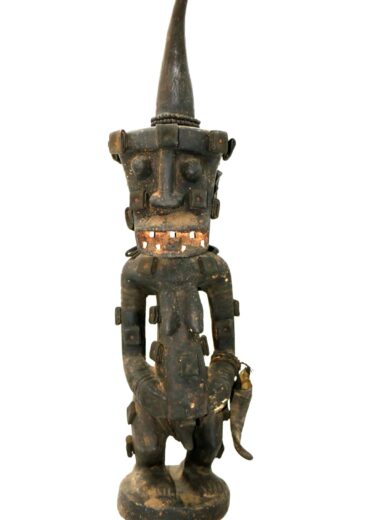
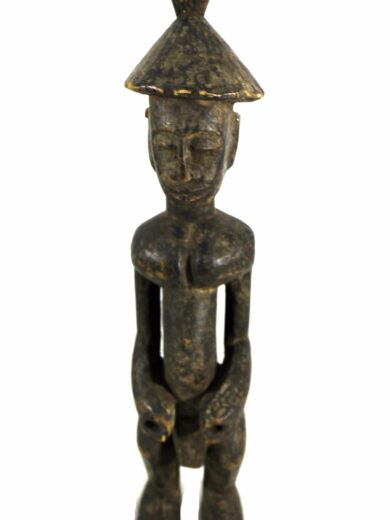
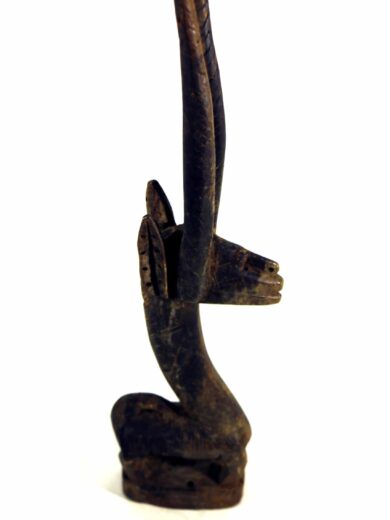
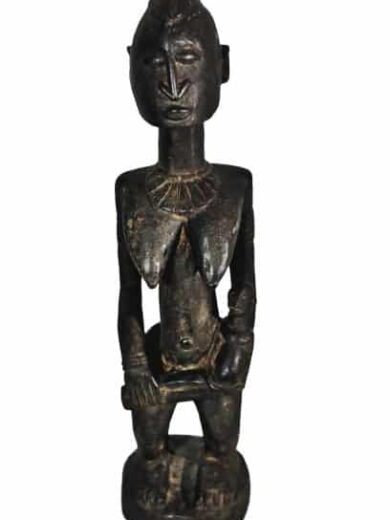

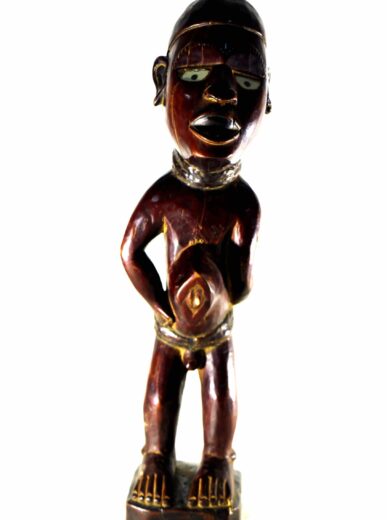

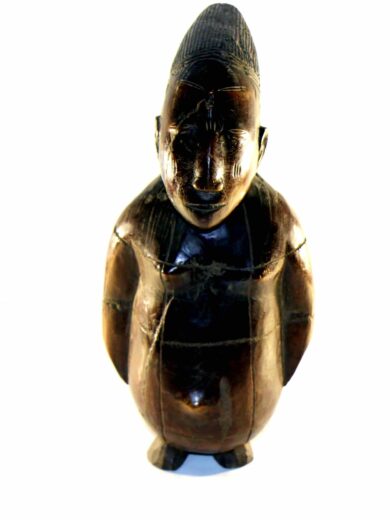
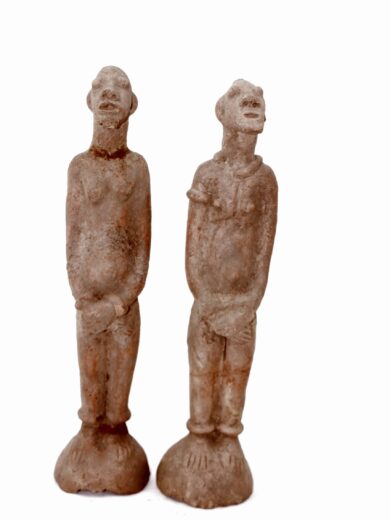

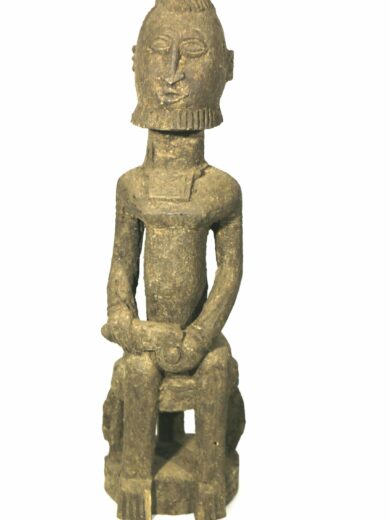
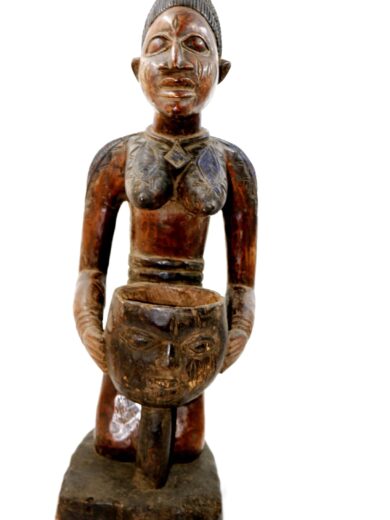


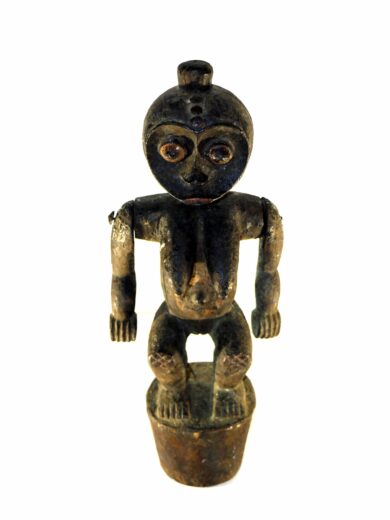
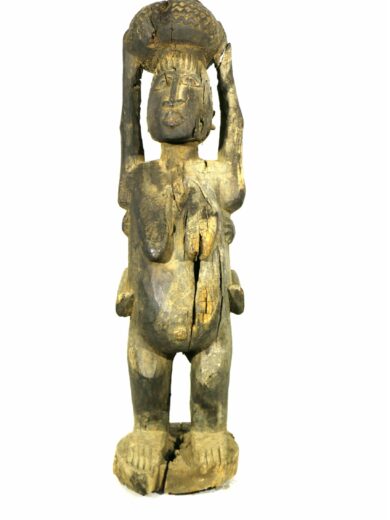
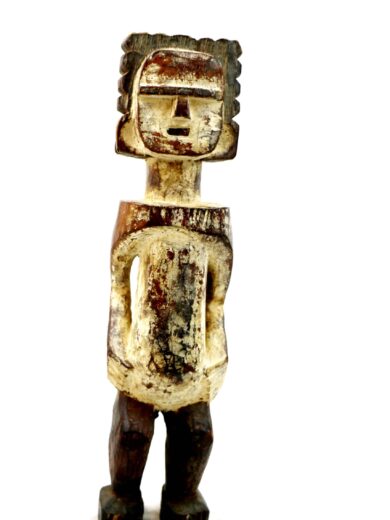
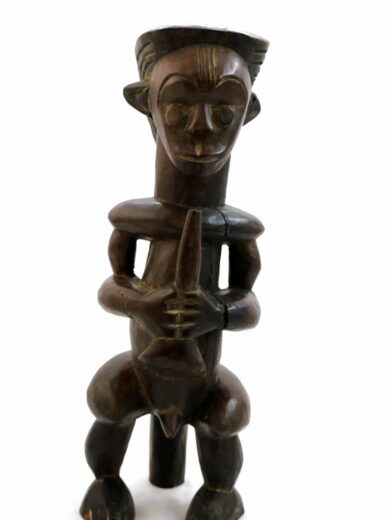
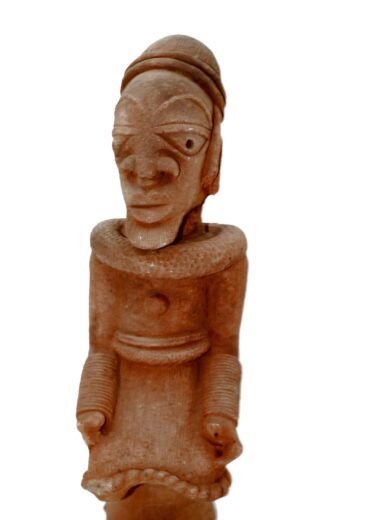
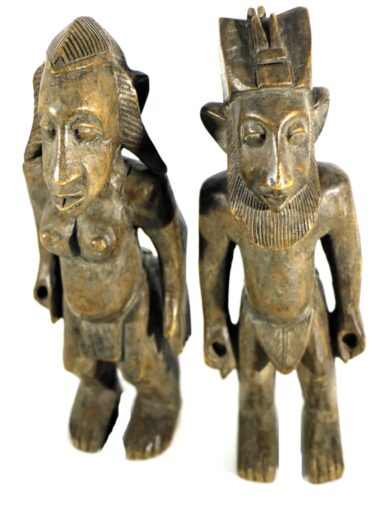
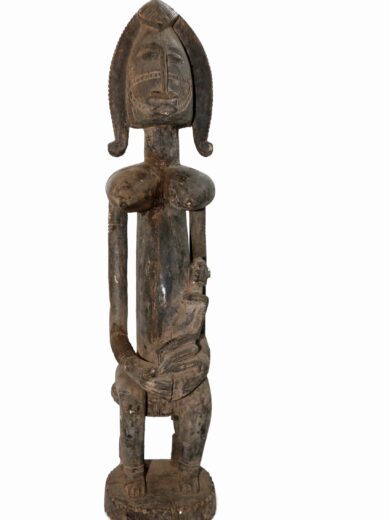
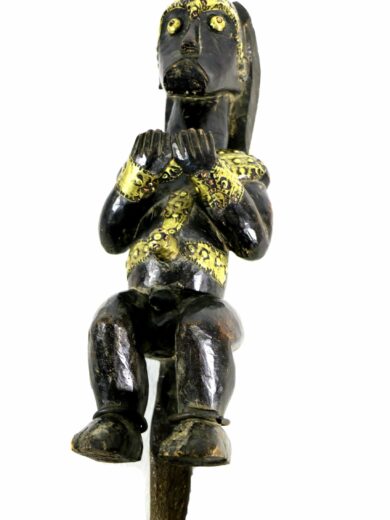

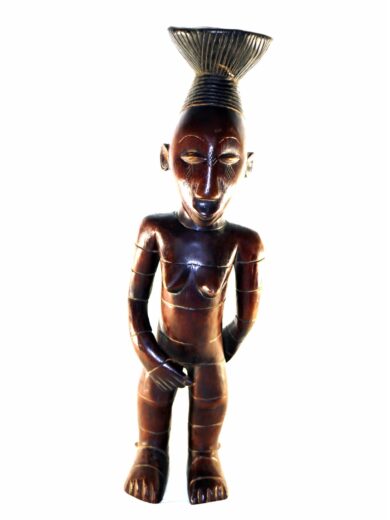


Reviews
There are no reviews yet.